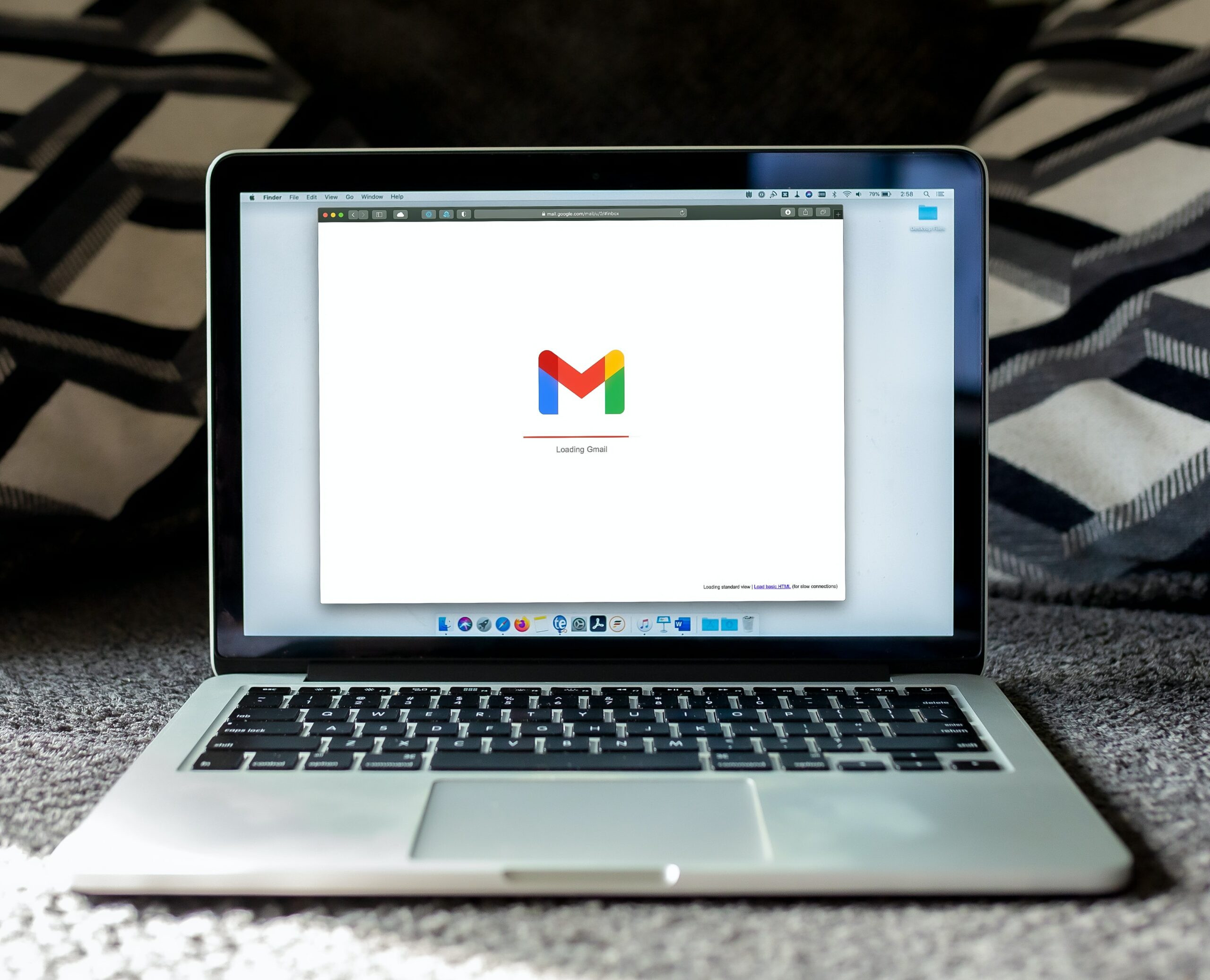Strong email deliverability or “inbox placement” is key to your enrollment success. But it is a poorly understood topic that very few institutions are monitoring or even considering.
If you fall into that category, read part I of this blog post series for a general overview—then come back for a deeper understanding of this critical topic…
First, it’s important to note that Waybetter is mostly focused on Gmail deliverability.
Why? Because it is likely that the majority of your potential student base is on some form of Gmail. Plus, because Gmail has the most sophisticated algorithm for inbox placement, we find that as Gmail deliverability improves, so does deliverability with other mail providers.
Our client averages for the US market, as of the end of 2021, were:
- 65% of addresses are on a Google platform:
- 50% use consumer Gmail
- 15% use high school addresses on Gmail for Education
- 15% are on a Microsoft platform, including consumer Outlook and Outlook 365
- 15% are on one of the remaining prominent provider platforms: Yahoo!/Verizon Media Group, Apple’s iCloud, Comcast, Charter, and Cox
- 5% are on a smaller provider’s platform or an in-house mail server
Regardless of the mail provider your recipients are utilizing, whether that be Gmail, Outlook, or Yahoo!, there are thousands of factors that determine if a message will get sent to the spam folder instead of the inbox.
The 4 main factors considered include –
1. Recipient’s personal history with the sender:
How an individual recipient has historically reacted to your mail will always be the primary determinant of whether or not your email will reach their inbox.
The major providers generally consider any form of engagement a positive factor, unless it’s followed by a negative factor.
Positive factors include: whitelisting, looking at the email several times, spending time in the email, replying, clicking (including clicking the unsubscribe link!), forwarding, etc.
Negative factors include: marking the email as SPAM, deleting without reading, etc.
2. Sender Domain (DKIM):
DKIM tells mail providers that this particular message has not been altered and was validated to come from your domain.
When there is insufficient information at the recipient level described above in #1, this form of authentication is a primary driver of mail placement.
Major mail providers will attempt to construct a synthetic domain reputation if you don’t set up authentication.
3. Sender IP address (SPF):
SPF tells mail providers a particular IP address or server is authorized to send email for your domain.
While domain reputation described above in #2 has an increasing role in the determination of what is and isn’t spam, IP address still contributes a significant piece. It plays an even more important role when domain authentication (#2) isn’t set up.
If you have a dedicated IP address, domain and IP addresses (#2 and #3) are strongly correlated, but less so when you use a shared service provider like Slate or MailChimp.
Even with a strong domain reputation, a bad IP reputation can cause your emails to go to SPAM.
4. Content:
Years ago, the content of your email was a primary determinant of deliverability success. If you had the right image-to-text ratio, left out spammy language, etc. you were following email deliverability best practices.
Now, as you can see from the list hierarchy represented here, content is one of the factors but not the key factor. And, believe it or not, content goes beyond just the images and text visible to the recipient. The content that mail providers are considering includes the back-end HTML code and hidden content, as well.
But, of course, good content goes hand-in-hand with good engagement. It is #4 on the list of things mail providers are monitoring but it ties in closely with the #1 thing they are monitoring: engagement! The more compelling the content, the stronger the engagement.
Be sure you are featuring links and giving all recipients an incentive to click. Remember: an email’s job is to get the click and the subsequent landing page’s job is to give the full detail. Never get those two reversed!
There you have it. Good engagement (through good content) and proper technical infrastructure and configuration are key to inbox success. And, as always, if you are a Waybetter partner, we do our part to guide you on the path to the inbox. Never hesitate to let us know if you have questions.
